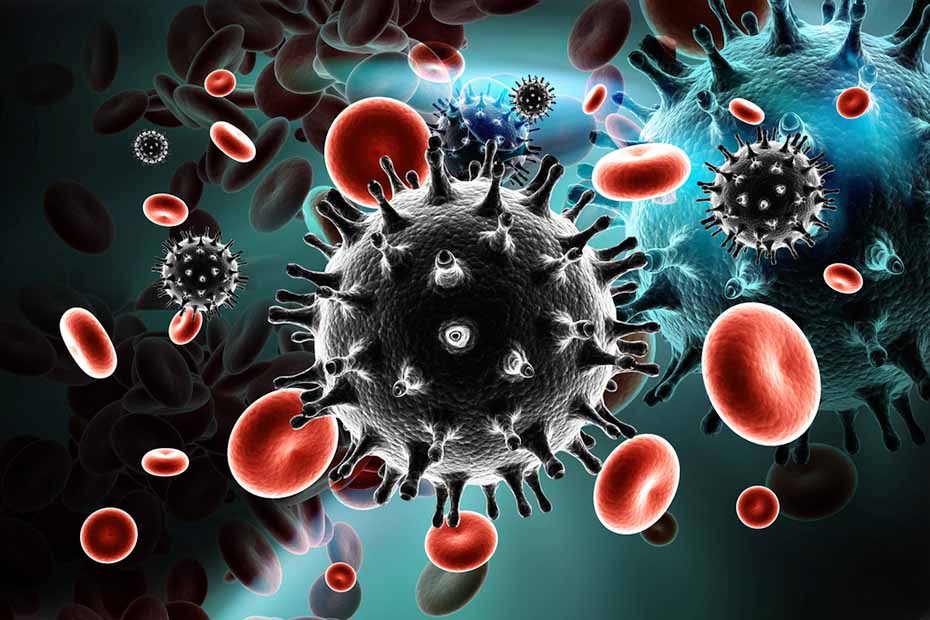The research was published in the journal Nature Communications on 2nd July. That is a critical step towards to find the cure of HIV infection. “While we continue to explore and make significant advancements in the direction of a cure, preventative measures like PrEP (Pre-exposure prophylaxis) remain critical in the fight against HIV, a disease that continues to be a global health concern.”
“Kamel Khalili, Ph.D., Laura H said, the study shows the treatment genre editing therapy as well as the suppressing therapy of HIV infection. It emphasizes the importance of balancing preventative measures like PrEP, and curative research like this one.” Moreover, he described that it could eliminate HIV from the organs and cells of infected animals.
In this way, you will be able to incorporate the content smoothly without disrupting the flow of the existing content. It also fits naturally as it expands on the discussion of HIV treatment strategies, which is the main topic of the article. The keywords here are “PrEP”, “HIV”, and “global health concern
Lewis Katz School of Medicine at Temple University researchers and the University of Nebraska Medical Center eliminated replication-competent HIV-1 DNA that is responsible for AIDS, genomes of living animals.
The research was published in the journal Nature Communications on 2nd July. That is a critical step towards to find the cure of HIV infection.
Kamel Khalili, Ph.D., Laura H said, the study shows the treatment genre editing therapy as well as the suppressing therapy of HIV infection. Moreover, he described that it could eliminate HIV from the organs and cells of infected animals.”
In this research, Carnell professor and chairperson of the Neuroscience department, director of Neurovirology center, and director of comprehensive neuroAIDS Center at the Lewis Katz school of Medicine at Temple University participated.
In the senior investigators, Dr. Khalili and Howard Gendelman, MD, Margaret R. Larson Professor of Infectious Disease and Internal Medicine, Chairperson of the Department of Pharmacology and Experimental Neuroscience, and Director of the Center for Neurodegenerative Disease at UNMC were included.
They said the achievement could not be possible without the extraordinary team in which immunologists, molecular biologists, virologists, pharmacologists, and pharmaceutical experts included.
Current therapy focuses on the use of antiretroviral therapy that suppresses HIV replication but does not eliminate the virus from the body.
That means antiretroviral therapy is not an HIV cure, and it just requires life long use.
If the therapy is stopped, then fueling the development of AIDS and renewing replication.
HIV rebound attributes to the ability of the virus to integrate the DNA sequence into the genomes of cells of the immune system. In the immune system, it lies there and reaches of antiretroviral drugs.
Dr. Khalili’s team used CRISPR -Cas 9 technology to develop a gene editing delivery system for removing HIV DNA from genomes.
They experienced on rats and mice and showed that the gene editing system could excise large fragments of HIV DNA from infected cells, which impacting viral gene expression. Gene editing cannot eliminate HIV like ART.
So the Dr.khalili team combined their gene editing system and developed a strategy recently which knows and ” Long-acting slow effective release (LASER) ART.
Dr. Gendelaman and Benson Edagwa, Ph.D. professor, are the co-developer of the LASER ART. It targets viral and maintains HIV replication ate low levels for extended periods.
Pharmacological changes were made in the chemical structure for long-lasting use. This modified drug packed into nanocrystals that readily distribute to tissues where HIV to be lying dormant.
Moreover, The nanocrystals stored within cells for a few weeks that slowly release from the drug. Dr. Khalili said we explored to see whether LASER ART can suppress HIV replication for CRISPR-Cas 9 to completely rid cells of viral DNA.








